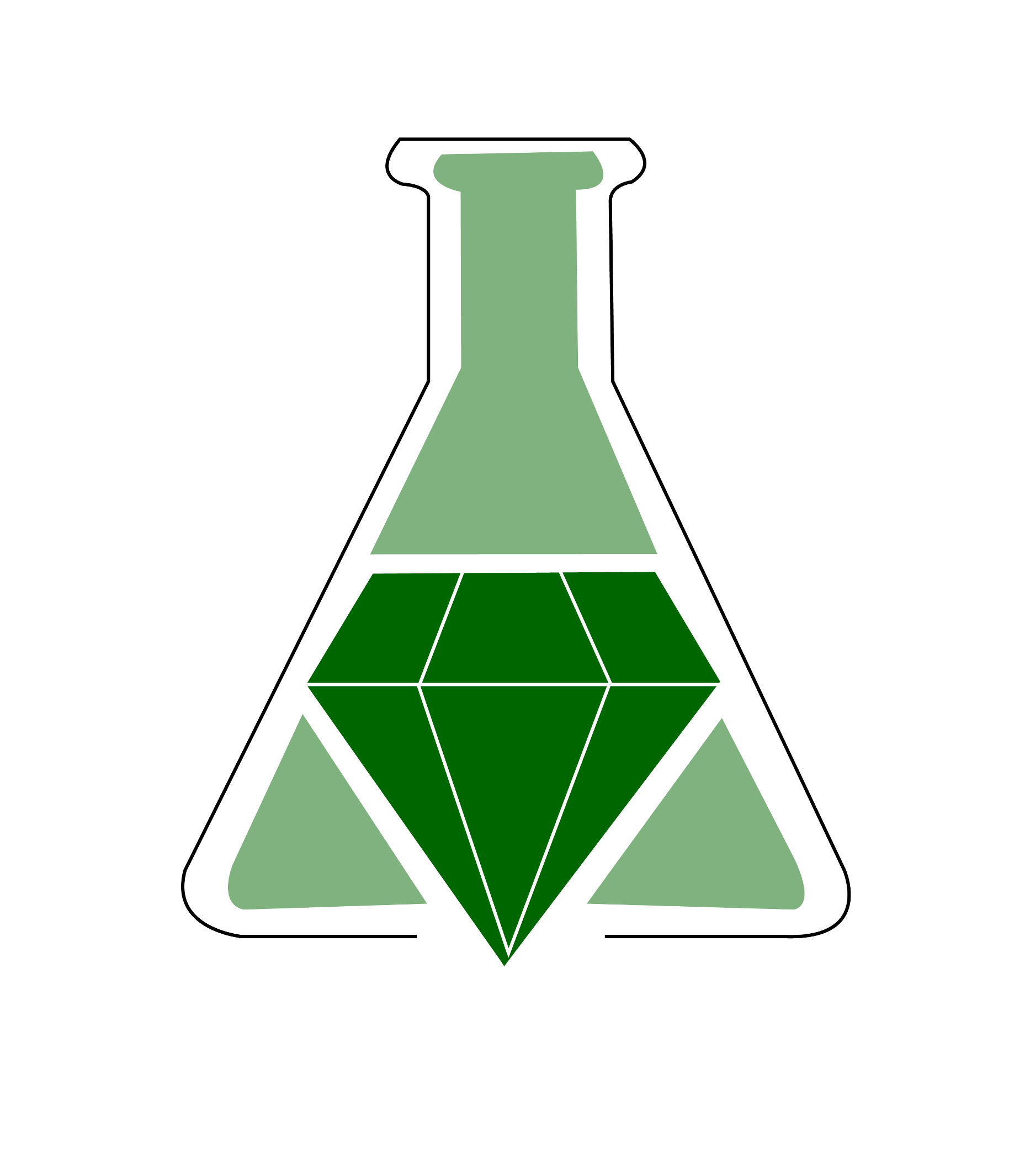Microwave-Assisted Organic Synthesis in the Organic Teaching Lab: A Simple, Greener Wittig Reaction

Summary
Microwave-assisted organic synthesis is becoming a more common laboratory practice. The advantages of using microwave-assisted synthesis include shortened reaction time, lower energy costs, and cleaner reactions. This particular experiment explores a much greener Wittig reaction that doesn't require an inert atmosphere, a strong base (i.e., butyl lithium), or even a solvent. In addition to these advantages, this experiment also uses a common domestic microwave and standard glassware.
The greener Witting reaction also provides the instructor with the opportunity to introduce their students to the concepts surrounding thin-layer chromatography, 1H NMR, mass spectrometry, and alkene stereochemistry.
Supplemental material includes a chemical list, lab procedure, lab questions, instructor notes, tips for a successful lab, and spectroscopic data.
Summary prepared for the original GEMs database September 2008 by Douglas M. Young at the University of Oregon.
Microwave-Assisted Organic Synthesis in the Organic Teaching Lab: A Simple, Greener Wittig Reaction
Eric Martin and Cynthia Kellen-Yuen
Journal of Chemical Education 2007 84 (12), 2004
DOI: 10.1021/ed084p2004
The greener Witting reaction also provides the instructor with the opportunity to introduce their students to the concepts surrounding thin-layer chromatography, 1H NMR, mass spectrometry, and alkene stereochemistry.
Supplemental material includes a chemical list, lab procedure, lab questions, instructor notes, tips for a successful lab, and spectroscopic data.
Summary prepared for the original GEMs database September 2008 by Douglas M. Young at the University of Oregon.
Microwave-Assisted Organic Synthesis in the Organic Teaching Lab: A Simple, Greener Wittig Reaction
Eric Martin and Cynthia Kellen-Yuen
Journal of Chemical Education 2007 84 (12), 2004
DOI: 10.1021/ed084p2004
Safety Precautions, Hazards, and Risk Assessment
See published journal article
